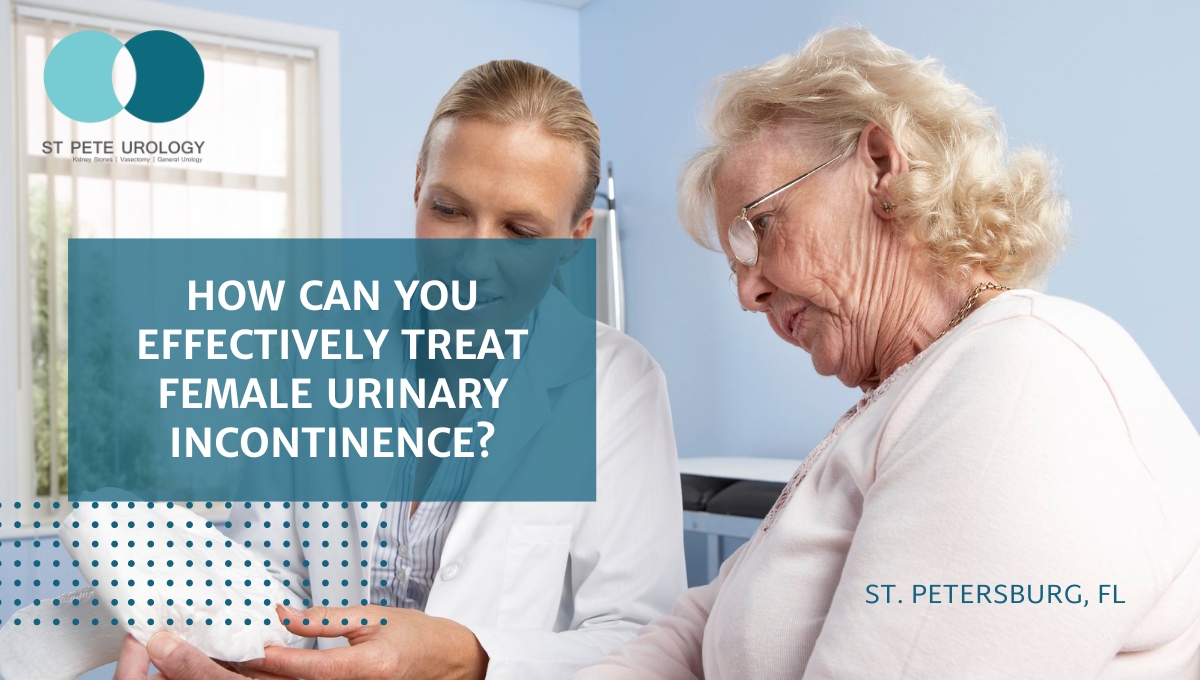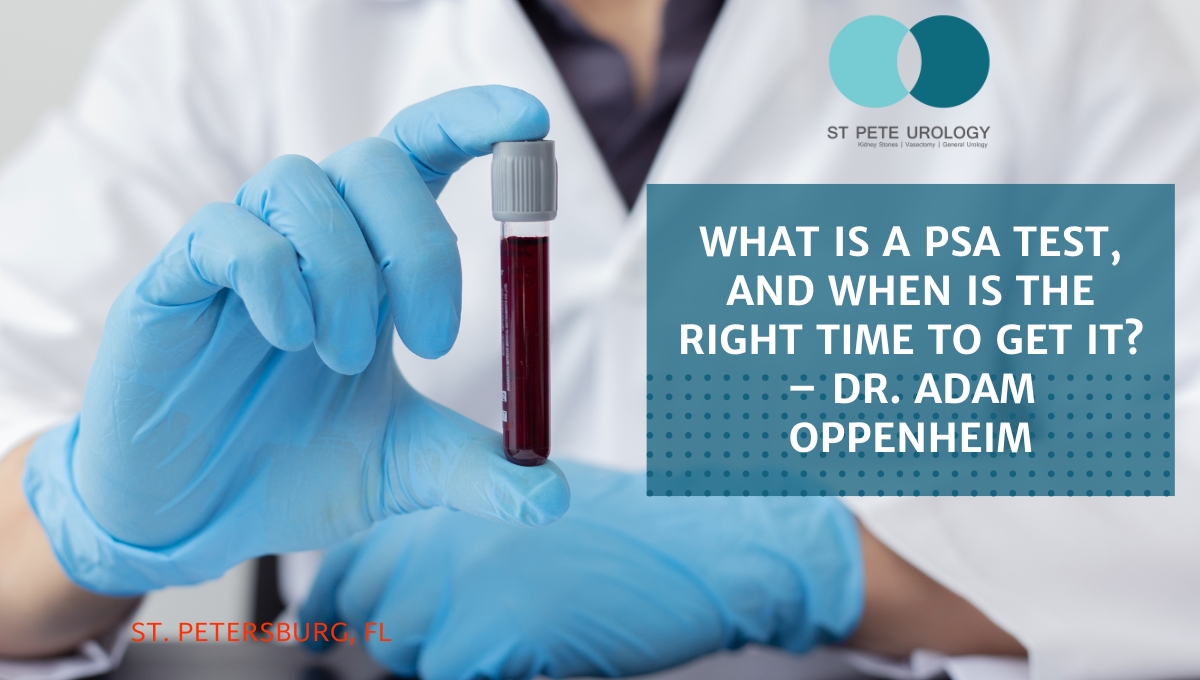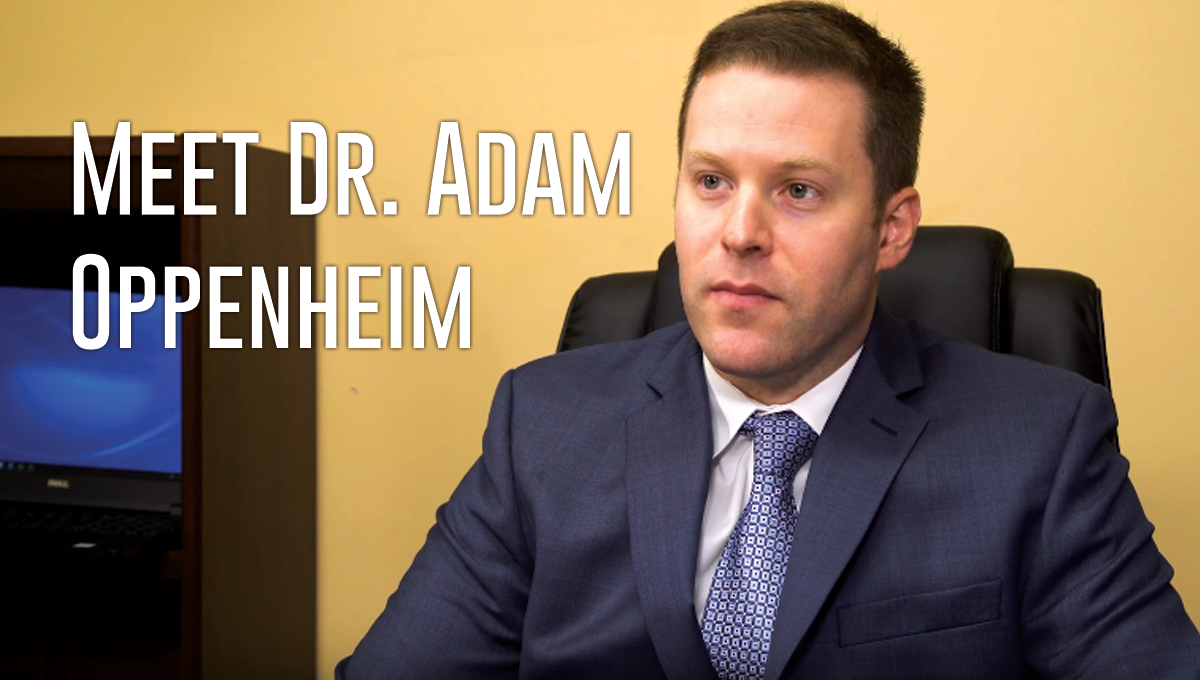Key Takeaways:
- The mid-urethral sling procedure is a surgical solution to female urinary incontinence that is minimally invasive and has a high success rate.
- Benefits of the mid-urethral sling procedure include a quick recovery time and return to normal activities within two to four weeks.
- The experienced urologists at St Pete Urology in St Petersburg, Florida, are dedicated to helping patients address urinary incontinence and regain control of their lives.
Introduction
Urinary incontinence is a health concern that affects many women throughout their lives. It is a problem that can lead to a loss of self-esteem and can impact daily activities. However, there is hope for those who suffer from this condition. In this article, we will explore the mid-urethral sling procedure, a surgical solution to female urinary incontinence. As Dr. Adam Oppenheim, a urologist with St. Pete Urology, explains, “the mid-urethral sling is a procedure that we offer for stress urinary incontinence in females.”
Understanding Female Urinary Incontinence
Before delving into the mid-urethral sling procedure, it is essential to understand the underlying condition it addresses. Stress urinary incontinence occurs when pressure is placed on the bladder, causing unintentional leakage of urine. This can happen during everyday activities such as coughing, sneezing, laughing, or exercising. Additionally, it is often a result of weakened pelvic floor muscles, which can be caused by childbirth, obesity, or aging.
The Mid-Urethral Sling Procedure: A Solution for Stress Urinary Incontinence
For women who have bothersome stress urinary incontinence, a surgical procedure known as the mid-urethral sling is often the recommended treatment. This outpatient procedure takes under an hour to complete. Additionally, it shows promising results in addressing the issue of urinary incontinence. According to Dr. Oppenheim, “the patient is then sent home and follows up in the office within a few days.”
How Does the Mid-Urethral Sling Procedure Work?
The mid-urethral sling is a minimally invasive procedure that provides support to the urethra. A small incision is made in the vagina. Then, a synthetic mesh material is inserted to create a “sling” around the mid-portion of the urethra. This sling provides support to the weakened pelvic floor muscles. Furthermore, it helps prevent urine leakage during activities that put pressure on the bladder.
Benefits and Risks of the Mid-Urethral Sling Procedure
There are several benefits to the mid-urethral sling procedure, including:
1. The minimally invasive technique of the mid-urethral sling allows patients to return home the same day as the surgery since it’s an outpatient procedure. They typically have a follow-up appointment in just a few days.
2. The mid-urethral sling has demonstrated a high success rate in treating stress urinary incontinence, contributing significantly to many women regaining their quality of life.
3. The procedure boasts a relatively short recovery time, with most patients resuming normal activities within two to four weeks.
However, like any surgical procedure, the mid-urethral sling carries certain risks, which may encompass infection, bleeding, pain, or difficulties in urination. It’s crucial to discuss these potential risks and benefits with your urologist to determine if the mid-urethral sling procedure is the right choice for you.
Seek Help from Expert Urologists at St Pete Urology
If you are experiencing stress urinary incontinence, it is essential to know that there are effective treatments available, such as the mid-urethral sling procedure. The experienced urologists at St Pete Urology in St Petersburg, Florida, are dedicated to helping patients regain control of their lives by addressing urinary incontinence and providing exceptional care. Let the expert team at St Pete Urology help you take back your life and enjoy every moment without the worry of urinary incontinence.
References:
- “Midurethral Sling: What You Need to Know – Advanced Gynecology.” https://www.advancedgynecology.com/procedure/midurethral-sling/.
- “Treating urinary incontinence – mid-urethral sling operation.” https://www.thewomens.org.au/images/uploads/fact-sheets/Urinary-incontinence-Mid-Urethral-Sling.pdf.
- “Mid-Urethral Sling – Austin Urogynecology.” https://austinurogynecology.com/midurethral-sling/.
Transcription:
I’m Dr. Adam Oppenheim. I’m a urologist with St. Pete Urology. Generally, a surgical procedure known as a mid-urethral sling is offered for women who have bothersome stress urinary incontinence. So the mid-urethral sling is a procedure that we offer for stress urinary incontinence in females. It’s an outpatient procedure that takes usually less than an hour or so to complete. The patient is then sent home and follows up in the office within a few days.





